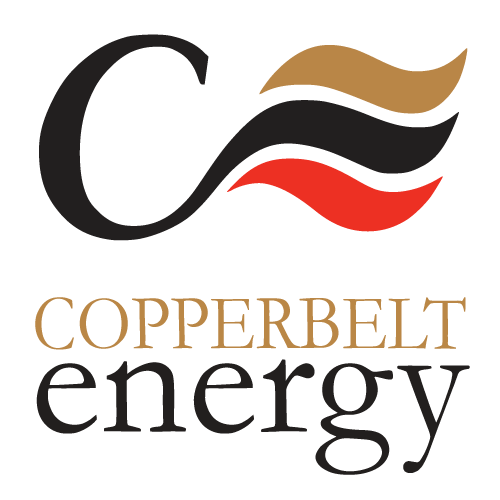CEC commissions Zambia’s maiden grid solar power plant
The recent commissioning of CEC’s 1MW solar photovoltaic (PV) power plant has been rightly lauded as a monumental and historical feat of seamless collaboration between local and international expertise.
Speaking of the project the Company’s Chairman, Hanson Sindowe, aptly pointed out that what not long ago looked like idle and unproductive land, had been transformed into a piece of infrastructure that one could only marvel at; describing it as a novel initiative that rapidly accelerated over a period of 11 months culminating in the delivery of a grid-connected solar plant put together in only three weeks.
CEC’s newest exploit into the renewable energy space will deliver 1.9GWh of clean power a year anchored on transmission infrastructure comprising 1.2km of 11kV overhead line tapping from the existing CEC 11kV busbar at the Raven’s substation, a transformer station and switchgear.
Lest the significance of this plant is lost on some, Zambia is emerging from a scarcity of energy experienced from a couple of seasons ago. The insufficiency of power brought to the fore the urgency of developing additional energy capacity at national level, and to diversify both the sources of power and the locations of these sources and improve grid stability. That’s because Zambia’s energy mix is predominantly hydro, and the majority of the country’s power plants are located in the southerly parts, far from the major load centres located mostly in northern geographies.
Against that background, and indeed for all intents and purposes, a 1MW solar PV power plant in the heart of Kitwe city on the Copperbelt Province, Zambia’s base metal mining stronghold, sufficient to power some of CEC’s mining loads and up to a thousand households is worth noting.
The novelty of this project ought to be appreciated from various aspects. Other than increasing the country’s power generating capacity, diversifying the energy mix and enhancing environmental sustainability, to state only a few, the plant includes a human capacity development component in solar technology.
With the support of the German development agency, GiZ, a key component of this plant right from the start was to deliberately offer a solar development curriculum to students at the Copperbelt University including controlled access to the plant for learning and research purposes – a first for the institution – putting it on a path to developing the skills and knowledge that will prove necessary in the country’s bid to develop further solar energy opportunities.
Developed through a tripartite collaboration, the Riverside solar PV plant also speaks to the benefits that emerge from the pooling of resources and expertise focused on a common goal. To this end, BayWa r.e. the German contractor engaged to put up the plant, took only three weeks to install and connect the 1MW photovoltaic plant and will stay on for one year to assist with its operation. The company will play a valuable role in enabling the development of skills to maintain the plant and will continue to up-skill the power plant team on the commercial and technical operational management aspects. BayWa r.e. will run a training programme for engineers, entrepreneurs and lecturers. The intention being that ultimately stakeholders in Zambia can set up similar projects independently in the future and drive the energy revolution in the country.
This aspect of knowledge and skills transfer is clearly not lost on CEC because the 1MW plant is only the first step in the Company’s ambitions to develop solar power potential, with the intent being to take that to 50MW in the medium term.
Zambia is hungry for power and CEC shares that hunger, from a supply perspective, and is geared to allocate both its human and financial capital to the tangible contribution of resources that can alleviate energy poverty in a country endowed with so much renewable energy potential.

